A leading drone industry executive has sounded the alarm on unregulated drone operations, highlighting a recent collision during Texas flood rescues as a stark example of preventable dangers. In an opinion piece published on Fox News, Tom Walker, founder and CEO of DroneUp, urges immediate action to modernize U.S. airspace management before threats turn catastrophic.
Recent Collision Exposes Coordination Gaps
Just days ago, a private drone collided with a rescue helicopter amid deadly flash floods in Texas, forcing the crew to land and grounding a vital asset during life-saving efforts.
Walker describes the incident: “In the chaos of unspeakable tragedy, a single uncoordinated drone put lives at risk and halted the very efforts meant to save them.”
This event underscores how inadequate coordination can disrupt emergency operations, turning tools of innovation into hazards.
Such occurrences reveal broader vulnerabilities. Drones, once seen as recreational gadgets, now play roles in infrastructure but pose security risks when unregulated. Walker, drawing from his experience as a former naval officer and drone company leader, notes that these devices “become liabilities, capable of disruption, destruction and danger” without proper oversight.
Surge in Unauthorized Drone Activity
Data from the Federal Aviation Administration (FAA) shows over 400 illegal drone incursions near U.S. airports in the first quarter of this year, marking a 25% increase from the same period in 2024. Military airspace faces similar pressures, with 350 unauthorized drone flights recorded at bases across the country last year alone. Walker emphasizes that these are “persistent, coordinated, and, in some cases, hostile.”
Beyond airports and military sites, drones have facilitated smuggling into prisons, surveillance of energy facilities and ports, and near-misses with manned aircraft. As drones grow faster, cheaper, and more accessible, existing detection and response systems lag behind.
Walker warns: “Our systems for detecting, coordinating, and responding remain fractured, outdated, and dangerously inadequate.”
This raises questions about preparedness across sectors like commercial aviation, emergency services, power grids, and correctional facilities.
The trends suggest an acceleration. Incidents are not isolated but escalating, with vulnerabilities ripe for exploitation.
Walker asserts: “This is no longer a question of if these gaps will be exploited, but when, how often, and at what cost.”
Pathways to Enhanced Airspace Security
Solutions exist, but implementation falters due to the absence of a national framework. Walker advocates for a unified, real-time system to track low-altitude air traffic, including a flight information exchange for law enforcement, regulators, and operators to identify what’s flying, its location, and who’s responsible.
Key technical measures include cryptographically secure digital credentials to link drones, pilots, and missions, preventing spoofing, and tamper-proof Remote ID signals. He calls for fusing radar, RF, and acoustic data into a comprehensive surveillance picture. Additionally, the FAA should establish a national mission-priority table to safeguard emergency flights from delays or groundings.
On the regulatory front, Walker stresses urgency: “Most urgently, Congress must expand counter-Unmanned Aircraft Systems authority to include local law enforcement before the current federal authority sunsets this September.”
This would empower broader enforcement without relying on disconnected sensors and slow approvals.
Implications for Drone Operators and Industry
For drone professionals and recreational pilots, these reforms promise safer skies and clearer rules, potentially reducing liability while enabling innovation. However, they also imply stricter compliance, such as mandatory digital IDs and real-time tracking, which could affect operational flexibility.
Walker frames the issue as solvable: “The root of the problem is not technological. The solutions exist today.” Yet, without collaboration among Congress, regulators, and industry, risks persist. He concludes: “We can protect our skies before the next drone incident becomes a national tragedy.”
This push for modernization comes as drone technology advances, balancing growth with security. Professionals in the field must stay informed on evolving regulations to operate responsibly, ensuring drones remain assets rather than threats. As Walker notes, the technology is ready, but action cannot wait.
Discover more from DroneXL.co
Subscribe to get the latest posts sent to your email.
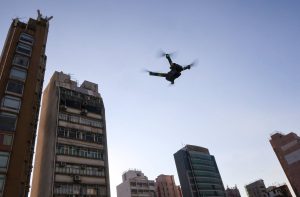
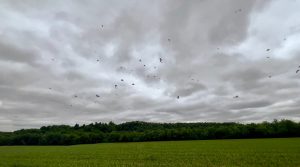


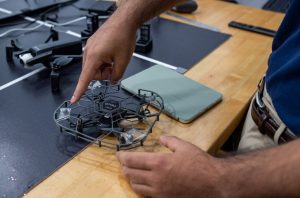
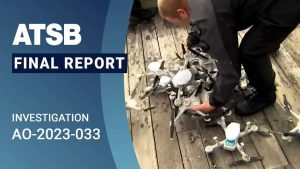
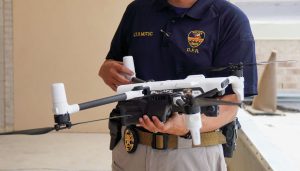
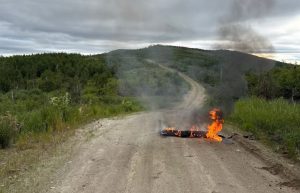

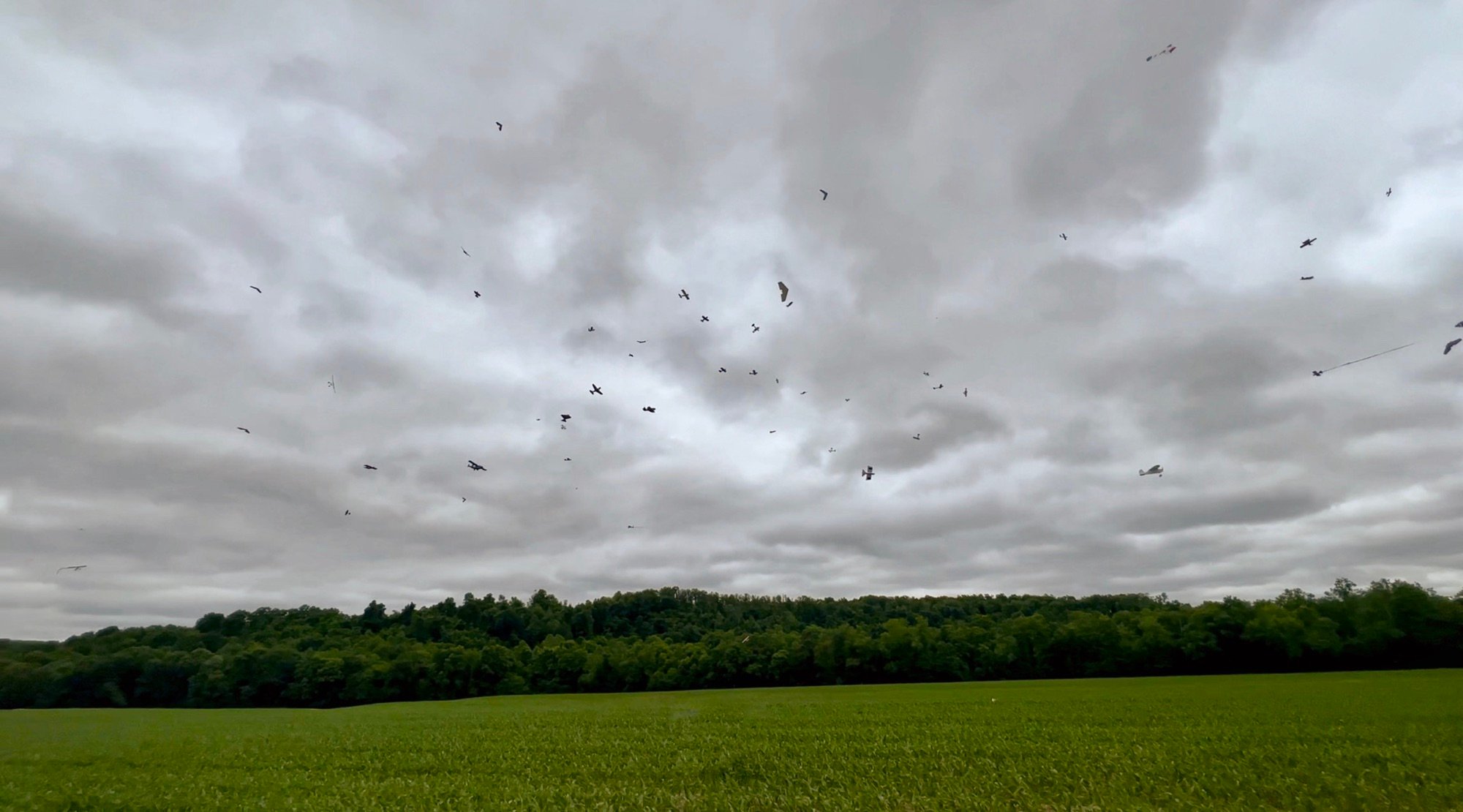
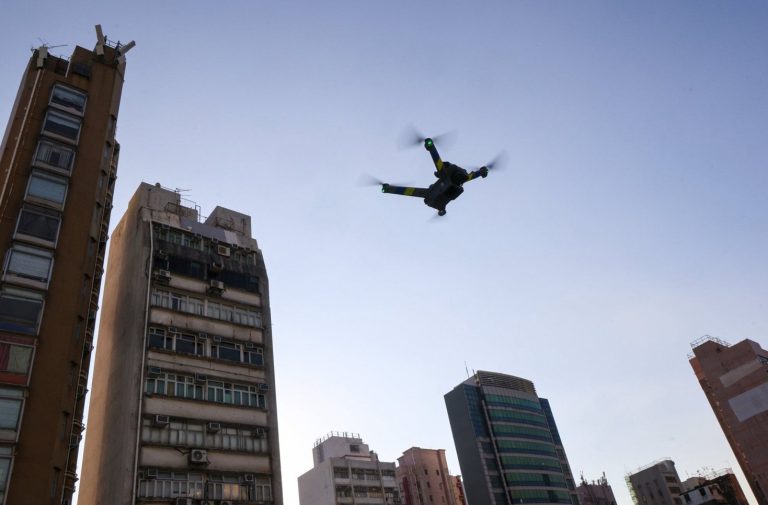

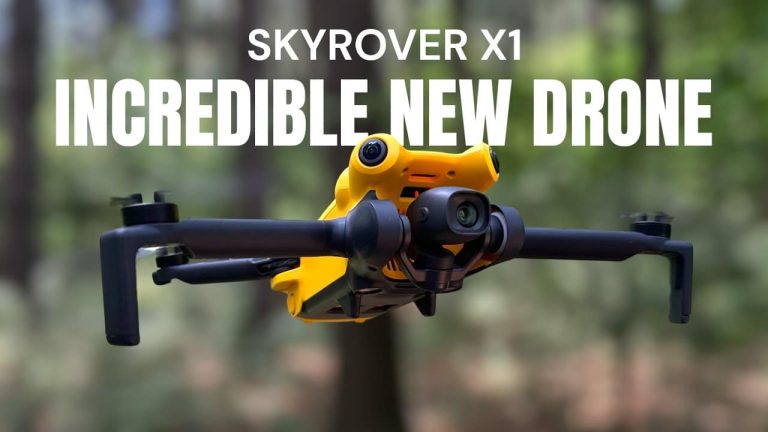
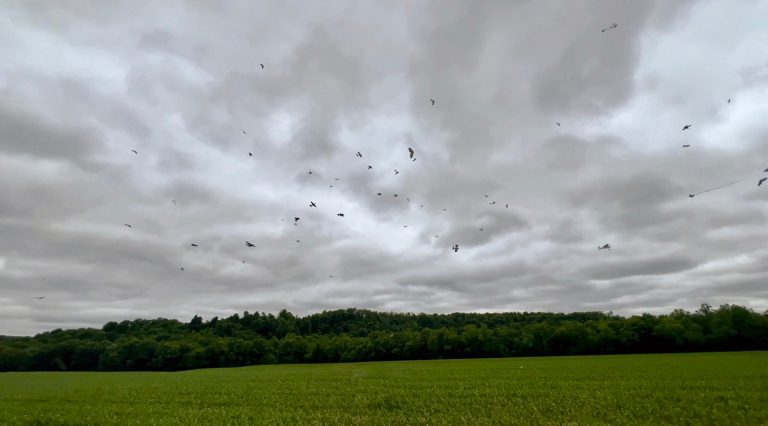
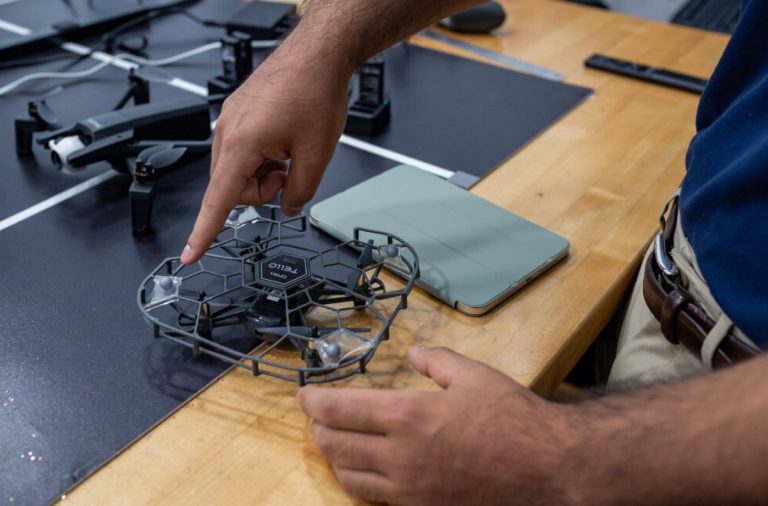
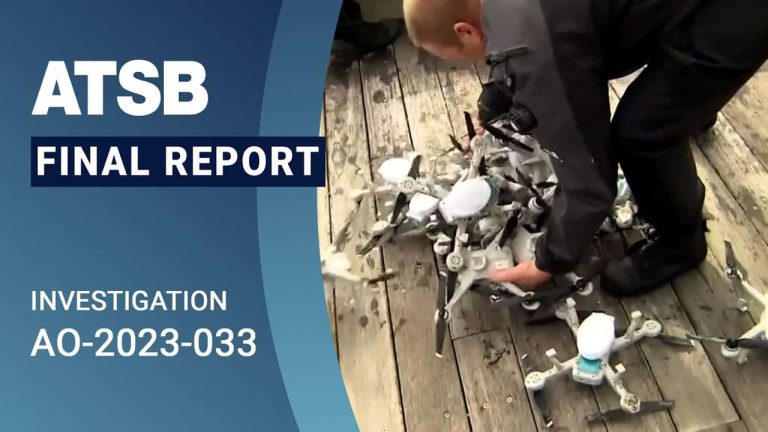
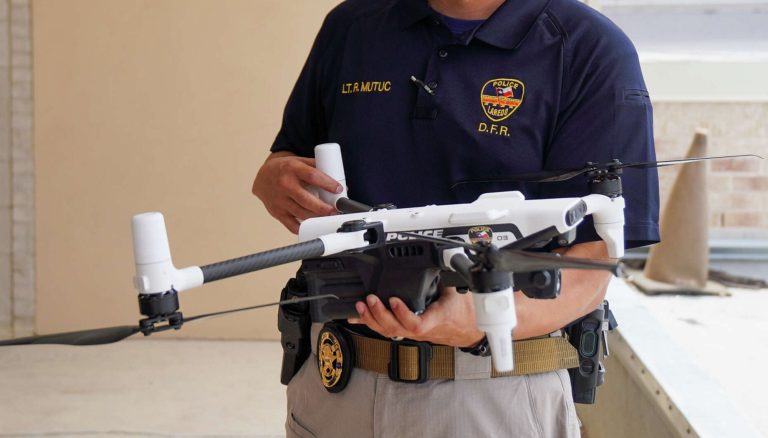
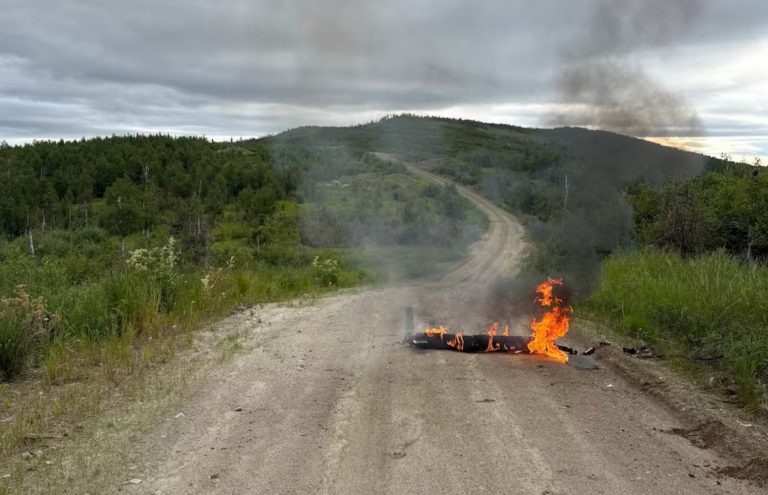
+ There are no comments
Add yours